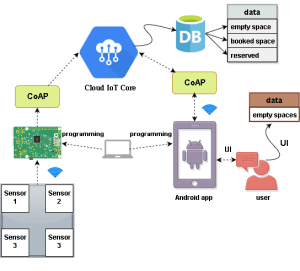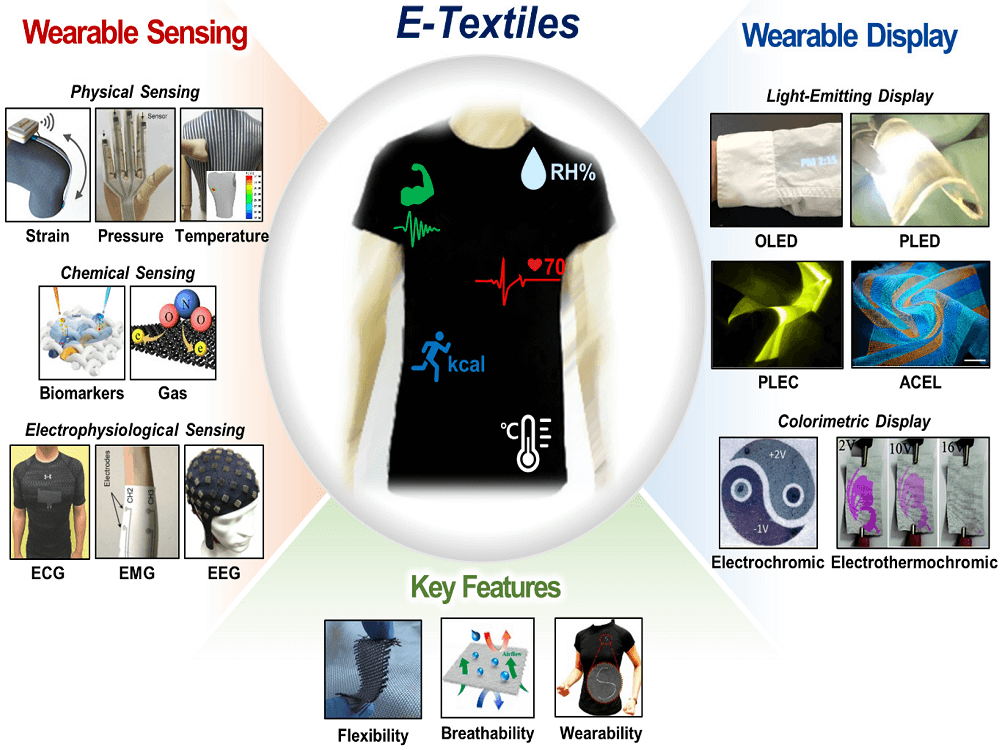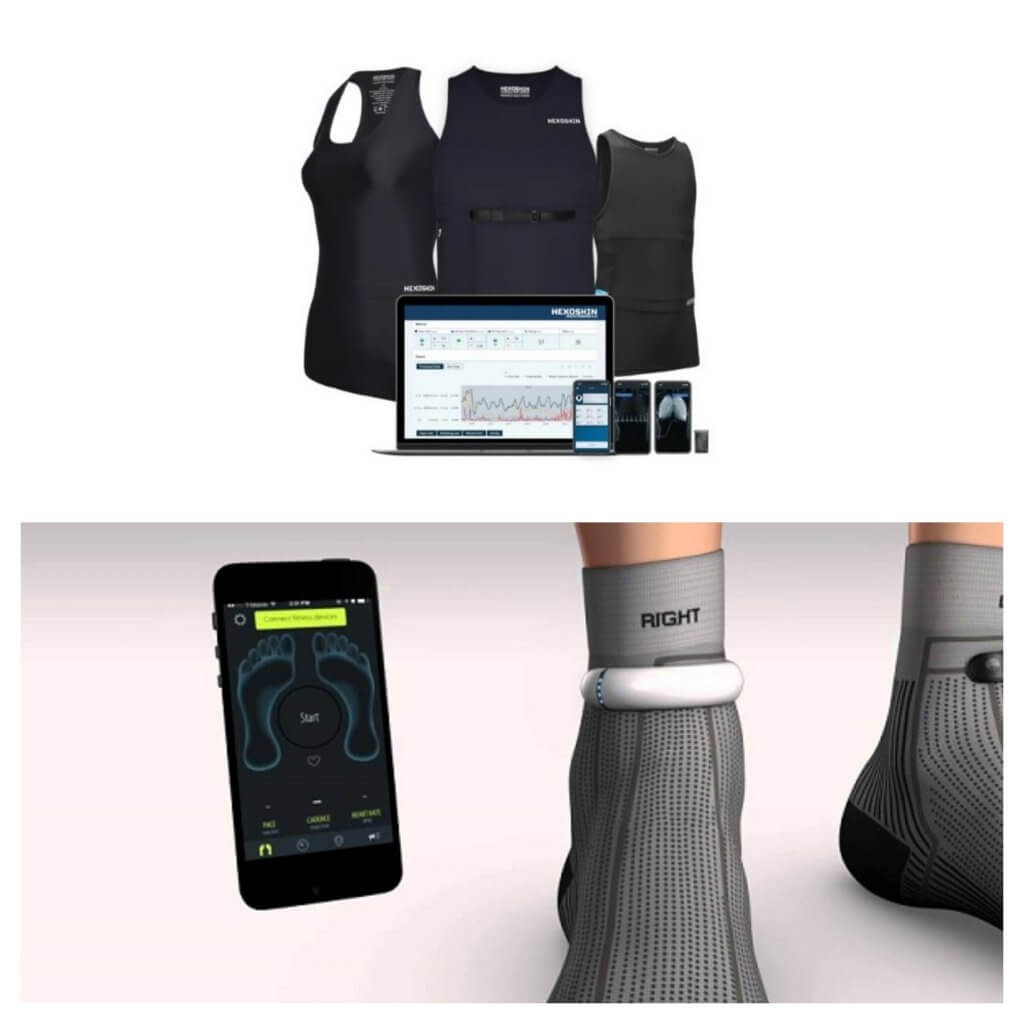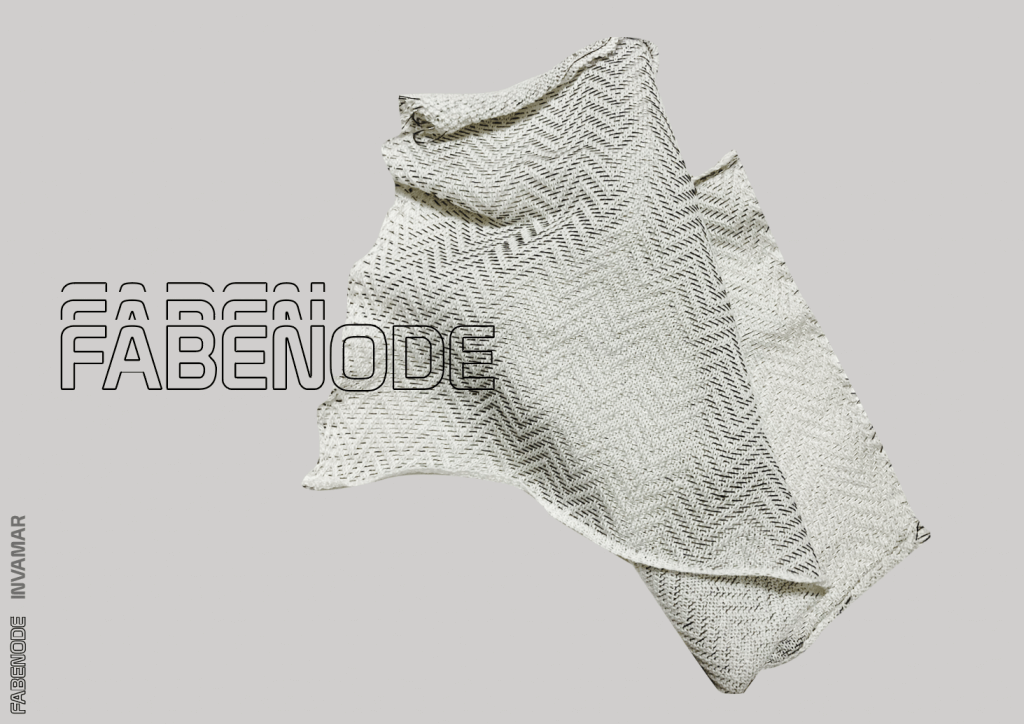
02 Jun Wearable IoT Technology: Smart Clothing
In this era of rapidly advancing technology, we encounter many innovative solutions that are changing our lives and surprising us. We closely follow the development of technology and examine its areas of application. In this article, we wanted to discuss the Internet of Things (IoT) technology.
So what is IoT? It is defined as the technology of data connection and sharing with other devices and systems over the internet through sensors and software. In short, we can say that it involves the interaction and communication between objects. Many objects such as kitchen utensils, thermostats, baby monitors, vehicles, watches, and appliances can be cited as examples of the use of this technology.
However, IoT is not limited to objects alone; it has also started to become smart data collection tools for clothing. Get ready because we are about to enter the era of smart clothing with IoT!
How do IoT devices work?
The operation of IoT devices is based on the principle that the data collected by sensors is gathered and processed in one place over a network connection and then presented to the user. We can explain the stages in a little more detail as follows:
- Sensors/Devices
IoT devices should have one or more sensors such as cameras, GPS, temperature, humidity, light, or distance sensors. Devices collect real-time data from the environment using these sensors.
- Network Connection
The interpretation of the data collected by the sensors is not done within the device itself. Since IoT devices communicate with each other through a central platform, the collected data is sent to this area. Bluetooth or internet connection is used during the data transmission process.
- Data Analysis
After the data is stored, it needs to be made understandable to users. For this purpose, the collected data is analyzed and transformed into graphs, visuals, and numbers that can be easily perceived by humans.
- User Interface
After the data is analyzed, a user interface is used to present the data to the users. Through this interface, users can view statistics related to the data collected by the devices. In addition to data monitoring, many interfaces have features such as 24/7 monitoring of IoT devices, sending real-time notifications in case of undesired situations in the system, or notifying authorities in specific circumstances.
We can take smart vacuum cleaners as an example of the working process of IoT. When a smart vacuum cleaner starts working, it scans the house with its sensors and sends the collected data to a server via the internet. The data is processed on the server, creating a map of the house, which is then transmitted back to the device. This way, the device can clean the house without getting lost inside. On the user side, we can use the application downloaded to our phone to start the vacuum cleaner at a desired time, give automatic cleaning instructions, determine the places it should go, and control the device. You don’t need to be in the same physical location to do all of this; even if you’re not at home, you can give instructions via the application over the internet. We can say that IoT eliminates the dependence of device usage on time and space.

So, what is smart clothing?
Smart clothing is created using smart fabrics (e-textiles) that contain conductive materials. Sensors and miniaturized electronic circuits are embedded into or on top of these special fabrics.
These garments work in a similar way to EKG electrodes attached to your body during an EKG measurement. They enable the measurement of heart and muscle activities by generating electric currents and creating a difference in electric current on the skin. For example, when the heart sends an electric signal to beat, smart clothing acts as electrodes, capturing this electric current and transmitting it to the sensor embedded in the fabric.
The approach of smart clothing revolutionizes the fashion industry by integrating technology into everyday life and taking our clothes beyond the ordinary. Through the included sensors, it offers the opportunity to collect data directly from your body, allowing for more convenient measurement of health status. By integrating IoT devices into clothing, we obtain not only fashionable but also data-collecting, processing, and transmitting smart clothing. This way, instead of monitoring your heart rate and pulse through a smartwatch, you can rely on your clothing to perform the same function as the wearable technology.

What are the use cases of smart clothing?
Smart clothing does not have widespread professional use in terms of industry. However, trials are being conducted to explore their useful applications in certain sectors.
Here are some examples of smart clothing designed especially for athletes:
Companies like Hexoskin and AiQ Smart Clothing are developing sports garments that can measure various metrics such as heart rate, respiration rate, body temperature, and step count. These garments act as a health assistant, monitoring the wearer’s vital signs during workouts.
SenSoria has developed smart socks that transfer your data to your phone, interpret it, and allow you to track your running performance in real-time. Although there are ongoing studies for biomedical applications, there is no regulated product available for consumer use yet.

INVAMAR, a participant in the Terminal Acceleration Program, is developing a smart passive fabric called Fabenode that measures the skin’s conductive difference. By placing electronic circuit elements on the fabric, you can create any garment and collect data regardless of time and location. Fabenode can measure stress, muscle activity, and brain waves in real-time, and transmit the data to the cloud or directly to a mobile application via Bluetooth or Wi-Fi. Fabenode is intended for monitoring the health status of individuals working in high-risk jobs, critical health condition patients, and elderly people living alone.

To learn more about the venture, you can watch the promotional video.
How can this technology be used in the aviation sector?
While smart clothing is not yet professionally used in the aviation sector, it has the potential to become more prevalent within regulatory frameworks. Under these conditions, the possible use cases in the aviation industry can include:
- Smart cabin attire: Sensors embedded in smart clothing designed for cabin crew can be used to track their locations. It would be possible to monitor the crew’s body temperature, heart rate, or stress levels, enabling the tracking of their health status and taking appropriate measures when necessary.
- Passenger health monitoring: Smart clothing can be used to monitor passengers’ health status and provide early warnings for emergencies. For example, sensors tracking parameters such as heart rate, blood pressure, or body temperature can detect potential health issues and provide alerts for intervention.
- Smart seat covers: E-textile materials can be used on any surface in contact with the skin. To enhance the comfort of airplane seats and ensure passenger comfort, seat surfaces can be made of smart fabric. This way, the passengers’ body temperature can be monitored, and the seats can automatically adjust their comfort levels accordingly.
